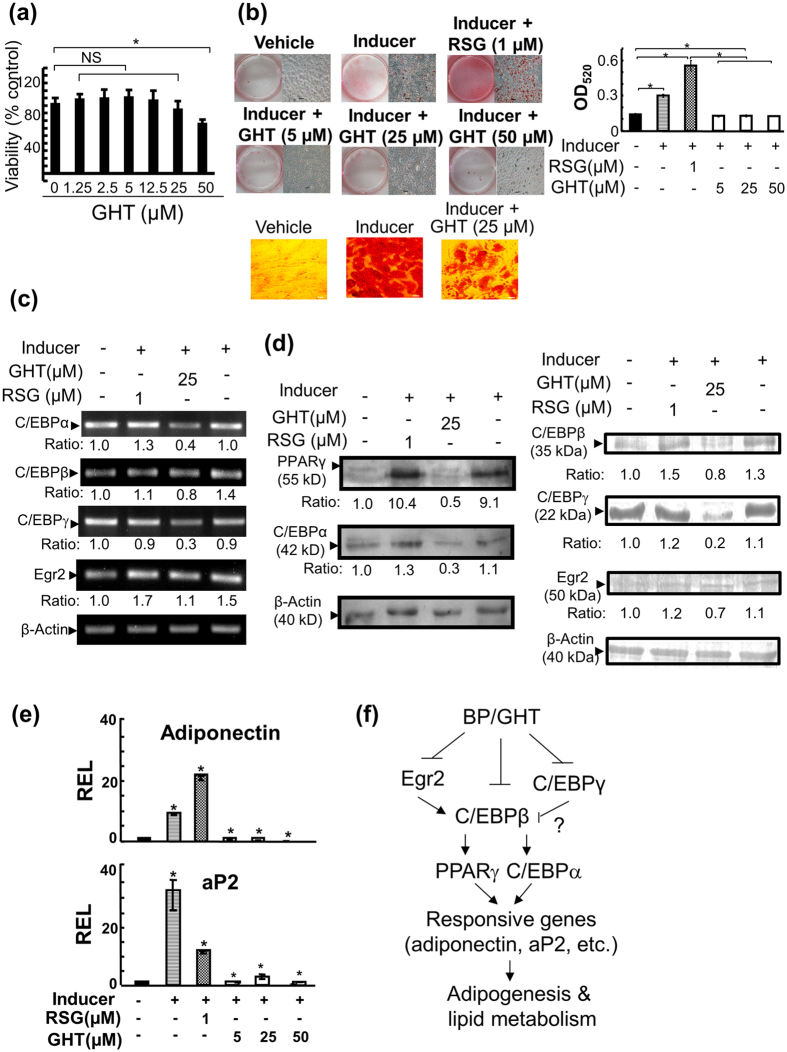Figure 4. Effect of GHT, an active compound of B. pilosa, on differentiation of pre-adipocytes.
(a) The MTT assay of 3T3-L1 adipocytes grown in the medium containing vehicle or GHT at the indicated concentration for 24 hr is shown. (b) 3T3-L1 pre-adipocytes were initiated for differentiation with DMSO (vehicle) and a mixture of Dex, IBMX and insulin for 2 days. The differentiating 3T3-L1 cells were then incubated with vehicle (inducer), rosiglitazone (RSG) or different doses of GHT until complete differentiation occurred. Lipid droplets from all the cells were visualized by Oil-Red-O staining and examined by light microscopy (left, upper panel). Scale bars = 10 μm. Oil Red O inside the cells was extracted, quantified at 520 nm and replotted into histograms (right, upper panel). Besides, human SGBS cells were incubated with DMEM/F12 medium (Vehicle), differentiation medium (Inducer) or differentiation medium in the presence of 25 μM GHT (Inducer + GHT (25 μM)) for 3 days (lower panel). Representative images of SGBS cells are shown. Scale bar = 20 μm. (c,d) Both mRNA (c) and protein (d) levels of Egr2, C/EBPγ, C/EBPβ, PPARγ and C/EBPα in 3T3-L1 cells treated with inducer in the presence of rosiglitazone (RSG) or GHT were analyzed by RT-PCR and Western blot. The ratio of the signal of each gene product to that of internal control was calculated. (e) The relative expression level (REL) of aP2 and adiponectin in 3T3-L1 cells was measured using real-time PCR. (f) A scheme delineating the possible signaling cascades of B. pilosa and its active compound, GHT, in adipogenesis. B. pilosa (BP) and GHT can reduce the expression of Egr2, an upstream regulator of C/EBPs, C/EBPγ, C/EBPβ, C/EBPα, and PPARγ, subsequently leading to the reduction of adiponectin and aP2 gene expression during adipogenesis in adipocytes. As a result, B. pilosa (BP) and GHT inhibit adipogenesis and lipid metabolism.

